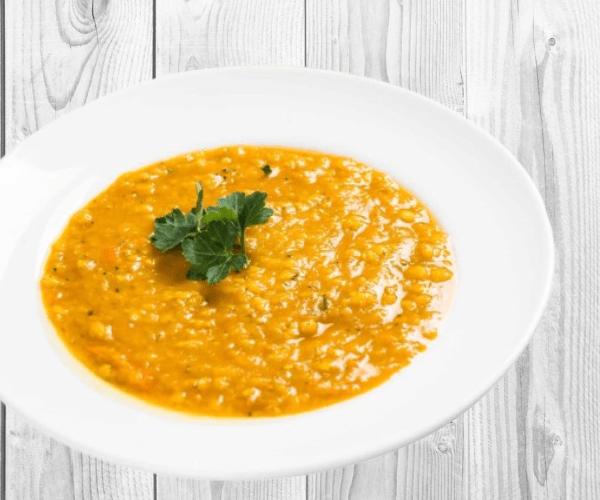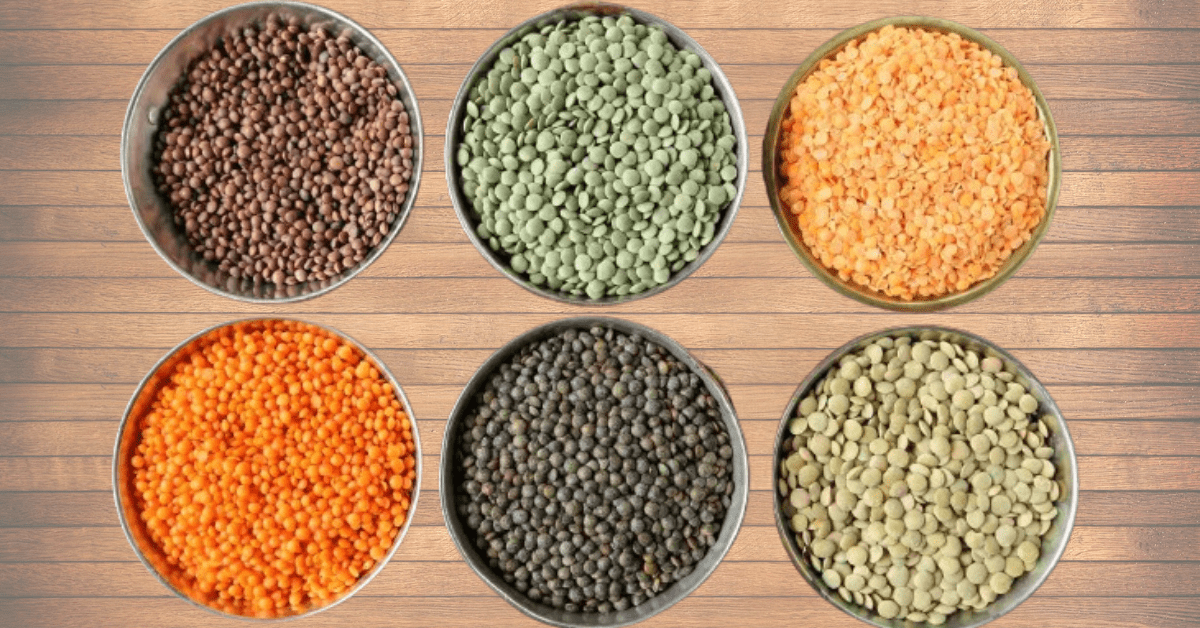Lentils are one of the most versatile and nutritious foods you can find in the pantry. If you’ve ever wondered, “What do lentils taste like?” you’re not alone. These small legumes are a staple in many cuisines around the world, yet their flavor, texture, and culinary potential can be a mystery to many. In this post, we’ll dive deep into the taste of lentils, their origin, how to cook them, their nutritional benefits, and much more.
The Origin of Lentils
Lentils are one of the oldest cultivated crops, with evidence of their consumption dating back over 9,000 years. Originating in the Near East, particularly in areas that are now part of modern-day Turkey and Syria, lentils have been a dietary staple in many cultures throughout history. They spread across the world, becoming integral to the cuisines of India, the Mediterranean, and Europe.
What Do Lentils Taste Like?
Lentils have a mild, earthy flavor that varies slightly depending on the type. The taste can be described as nutty, slightly peppery, and sometimes with a hint of sweetness. Unlike other legumes, lentils are not as strong or overpowering, making them an excellent base for a variety of dishes. Their texture is soft but can hold up well in soups, salads, and stews, providing a hearty, satisfying bite.
Types of Lentils and Their Unique Flavors
Lentils come in several varieties, each with its own unique taste and culinary uses. If you’re wondering what do lentils taste like, let’s explore their distinct flavors and how they can be used in different dishes.
- Brown Lentils: These are the most common type of lentils, with a mild, earthy flavor and a slightly nutty taste. They maintain their shape well during cooking, making them an excellent choice for soups and stews.
- Green Lentils: Green lentils have a robust, peppery flavor and a firm texture. They are often used in salads and dishes where you want the lentils to remain intact after cooking.
- Red and Yellow Lentils: These lentils have a sweeter, milder taste compared to brown and green lentils. They tend to break down and become mushy when cooked, making them ideal for soups, purees, and Indian dishes like dal.
- Black Beluga Lentils: Named for their resemblance to caviar, black lentils have a rich, earthy flavor and a firm texture. They are excellent in salads or as a side dish.
- Puy Lentils: Also known as French lentils, Puy lentils are small, dark green, and have a peppery taste. They maintain their shape when cooked and are often used in salads or as a side dish.
How to Cook Lentils?
Cooking lentils is simple, making them a convenient choice for quick and nutritious meals. Here’s a basic method for preparing lentils:
Ingredients:
- 1 cup of lentils (any variety)
- 3 cups of water or broth
- Salt (optional)
- Aromatics (like garlic, onions, or bay leaves for added flavor)
Instructions:
- Rinse the Lentils: Place the lentils in a strainer and rinse them under cold water to remove any dust or debris.
- Boil: In a pot, combine the lentils with water or broth. Bring to a boil.
- Simmer: Once boiling, reduce the heat to low and let the lentils simmer uncovered. Cooking times vary by type—brown and green lentils take about 20-30 minutes, while red and yellow lentils cook in 15-20 minutes.
- Season: Add salt toward the end of cooking, as adding it earlier can toughen the lentils.
- Drain and Serve: Once tender, drain any excess liquid. Your lentils are now ready to be enjoyed in a variety of dishes.
Cooking Time:
- Preparation Time: 5 minutes
- Cooking Time: 20 minutes
- Total Time: 25 minutes
Note: Cooking time may vary depending on the type of lentils used. Brown and green lentils typically require 20-30 minutes, while red and yellow lentils cook in about 15-20 minutes.
Nutritional Benefits of Lentils
Lentils are a powerhouse of nutrition. They are packed with protein, making them a great alternative to meat for vegetarians and vegans. A cup of cooked lentils provides about 18 grams of protein, along with significant amounts of fiber, iron, folate, and magnesium.
Lentils are also low in fat and calories, making them a heart-healthy choice. Their high fiber content aids in digestion, helps regulate blood sugar levels, and keeps you feeling full longer, which can be beneficial for weight management.

Culinary Uses for Lentils
Lentils are incredibly versatile and can be used in a wide range of dishes:
- Soups and Stews: Lentils add body and nutrition to soups and stews. They pair well with vegetables, spices, and herbs.
- Salads: Green and black lentils, in particular, are great in salads. Their firm texture holds up well when tossed with greens and dressings.
- Dal: A staple in Indian cuisine, dal is a spiced lentil dish that can be served with rice or flatbreads.
- Lentil Burgers: Cooked lentils can be mashed and mixed with breadcrumbs, spices, and other ingredients to make vegetarian burgers.
- Side Dishes: Lentils can be seasoned and served as a side dish, complementing a variety of main courses.
Final Thoughts
Lentils are a delicious and nutritious legume with a mild, earthy flavor that can complement a wide variety of dishes. Whether you’re new to cooking lentils or a seasoned pro, they are a versatile ingredient that can add depth, nutrition, and flavor to your meals. Now that you know what do lentils taste like, along with their origins, types, and how to cook them, you’re ready to explore the endless culinary possibilities they offer.
Do lentils need to be soaked before cooking?
Unlike beans, lentils do not need to be soaked before cooking. However, rinsing them under cold water is recommended.
How do you store cooked lentils?
Cooked lentils can be stored in an airtight container in the refrigerator for up to a week and can also be frozen for up to three months.
Are lentils gluten-free?
Yes, lentils are naturally gluten-free, making them a safe option for those with celiac disease or gluten sensitivity.
Can lentils be eaten raw?
Lentils should not be eaten raw as they contain lectins, which can be harmful if not cooked. Cooking neutralizes these compounds, making lentils safe to eat.
What do raw lentils taste like?
Raw lentils have a mild, slightly bitter taste and are hard and crunchy. They don’t have much flavor and are usually not eaten raw because they are tough to chew and can be hard to digest.
What do lentils taste like when cooked?
Cooked lentils have a mild, earthy flavor with a hint of nuttiness. They become soft and tender, making them a great base for various dishes. Their subtle taste allows them to blend well with spices and other ingredients, enhancing the overall flavor of the meal.
What do lentils taste like when overcooked?
When lentils are overcooked, they become soft and mushy, losing their firm texture. The flavor can become bland and less noticeable, as they blend into the cooking liquid. Even though they might not taste as distinct, they still keep their nutritional benefits.

